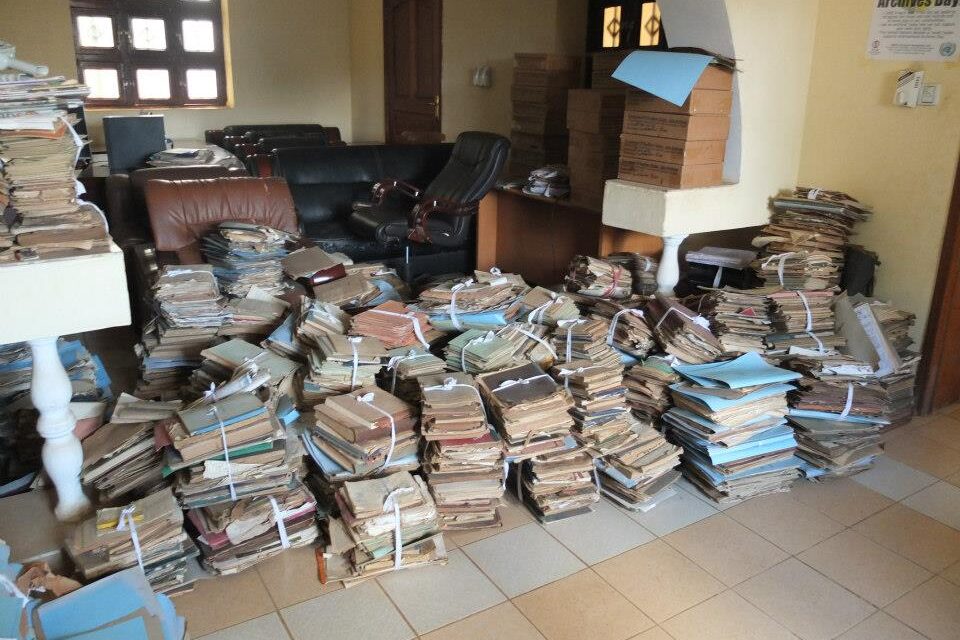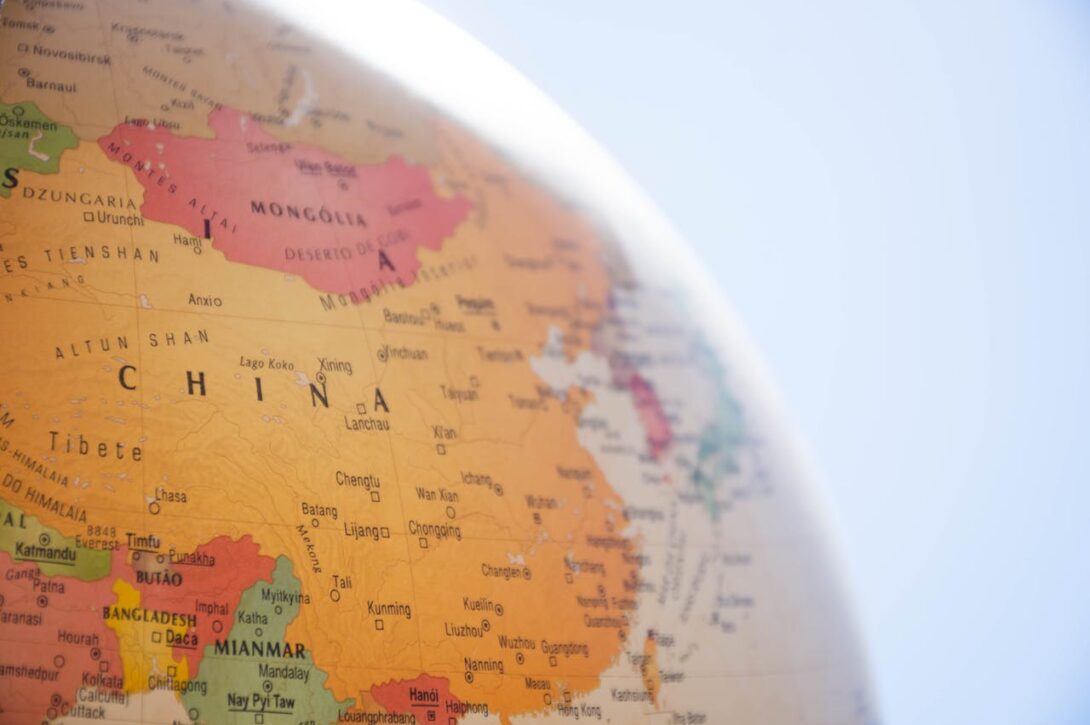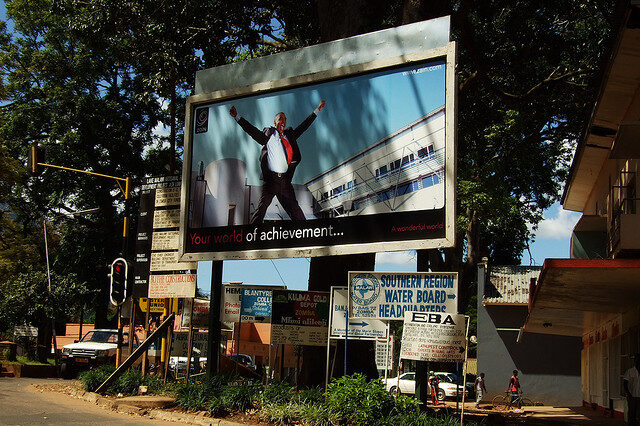Blog title
News
- Articles from Policy & Internet
- Books
- Call for Papers
- Child Safety
- Collective Action
- Conferences
- Democracy
- Development
- Economics
- Education
- Environment
- Ethics
- Governance & Security
- Health
- Interviews
- Mapping
- Methods
- Policy
- Politics & Government
- Publications
- Social Data Science
- Submissions Closed
- Tools
- Video
- Wellbeing
-

Harnessing ‘generative friction’: can conflict actually improve quality in open systems?
—
The more that differing points of view and differing evaluative frames came into contact, the…
-

Uncovering the patterns and practice of censorship in Chinese news sites
—
Is censorship of domestic news more geared towards “avoiding panics and maintaining social order”, or…
-

The complicated relationship between Chinese Internet users and their government
Chinese citizens are being encouraged by the government to engage and complain online. Is the…
-

Staying free in a world of persuasive technologies
—
Broadly speaking, most of the online services we think we’re using for “free”—that is, the…
-

How are internal monitoring systems being used to tackle corruption in the Chinese public administration?
China has made concerted efforts to reduce corruption at the lowest levels of government, as…
-

Seeing like a machine: big data and the challenges of measuring Africa’s informal economies
—
in DevelopmentIn a similar way that economists have traditionally excluded unpaid domestic labour from national accounts,…
-

Chinese Internet users share the same values concerning free speech, privacy, and control as their Western counterparts
Many people—even in China—see the Internet as a tool for free speech and as a…
-

Is China changing the Internet, or is the Internet changing China?
By 2015, the proportion of Chinese language Internet users is expected to exceed the proportion…
-

The scramble for Africa’s data
—
in DevelopmentAs Africa goes digital, the challenge for policymakers becomes moving from digitisation to managing and…
-

How effective is online blocking of illegal child sexual content?
Combating child pornography and child abuse is a universal and legitimate concern. With regard to…
-

Presenting the moral imperative: effective storytelling strategies by online campaigning organisations
Existing civil society focused organisations are also being challenged to fundamentally change their approach, to…
